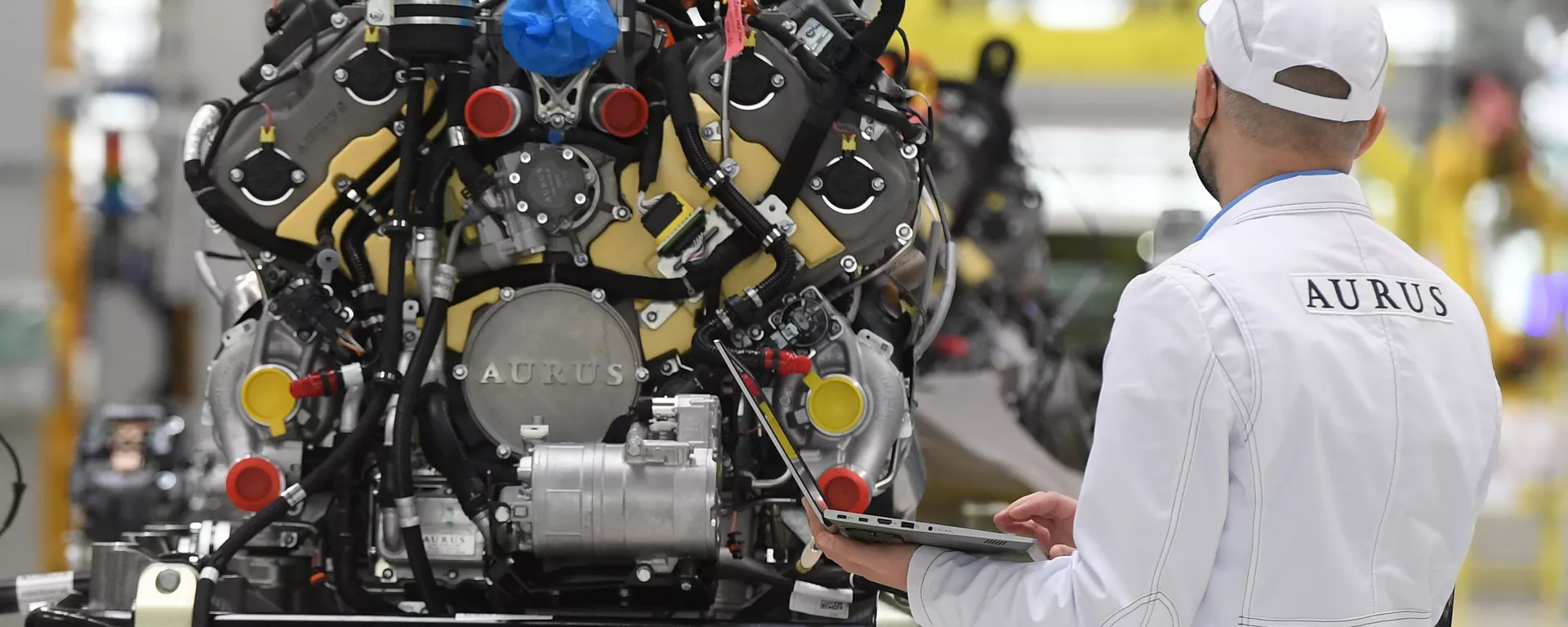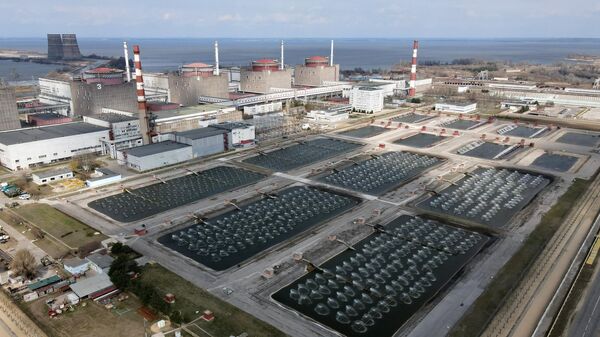Scientists believe new materials could serve as cost-effective alternatives to expensive palladium and palladium-silver membranes.
The findings, published in the journal Hydrogen, could bring the widespread industrial use of hydrogen closer to reality.
Hydrogen is regarded as a clean energy source with promising applications in fuel cells. However, for large-scale industrial use, efficient and affordable purification methods are essential, TPU scientists explained.
Current hydrogen production methods often generate gas mixtures that must be separated to obtain pure hydrogen.
One of the most promising solutions is the use of metallic membranes, composed of multi-component alloys, to isolate hydrogen from other gases.
The TPU team has synthesized new high-entropy alloys — comprising five or more elements — to create membranes capable of extracting ultra-pure hydrogen.
The researchers examined alloys made of niobium, nickel, titanium, vanadium, cobalt and zirconium, analyzing the relationship between their composition, structure and hydrogen permeability.
According to the researchers, the newly developed alloys are highly promising due to their combination of stability and hydrogen permeability, comparable to pure palladium and close to the performance of costly palladium-silver alloys.
The materials also exhibit high resistance to hydrogen embrittlement — a process where metals degrade due to hydrogen exposure.
The significance of the results lies in the creation of materials that are both economically efficient and high-performing, the study authors noted.
"Most metals are impermeable to gases, but some allow hydrogen to pass through while blocking larger molecules like carbon dioxide and nitrogen," Egor Kashkarov, head of TPU's Laboratory of Promising Materials and Safety of Hydrogen Energy Systems, explained. "By designing alloys with specific component ratios, we can achieve high hydrogen permeability, resistance to embrittlement and low cost."
Unlike other research, the TPU team's work goes beyond synthesizing high-entropy alloys. Their approach establishes fundamental principles for understanding hydrogen behavior in the alloys, based on their composition, which is critical for predicting the properties of future materials.
Looking ahead, the researchers plan to design and manufacture a prototype hydrogen filter based on high-entropy alloys in 2025, with real-world testing scheduled for 2026.
If the prototype proves efficient and economically viable, the next step will be to commercialize membrane separation technologies using the advanced alloys.
The research is part of the 'Nauka' state assignment and is supported by the Russian Ministry of Science and Higher Education’s Priority-2030 federal program.

 4 months ago
30
4 months ago
30







 We deliver critical software at unparalleled value and speed to help your business thrive
We deliver critical software at unparalleled value and speed to help your business thrive






 English (US) ·
English (US) ·